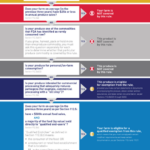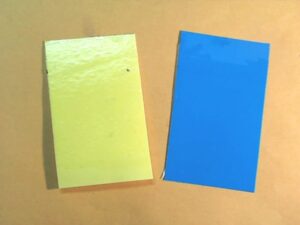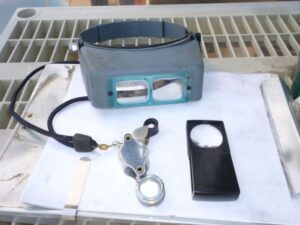Not sure if your produce farm needs to comply with the Food Safety Modernization Act Produce Safety Rule? Answer a few questions online to find out! https://go.rutgers.edu/bxi4dfrf
questions online to find out! https://go.rutgers.edu/bxi4dfrf
For more information on produce safety, including the FSMA Produce Safety Rule and buyer required third-party audits visit our Rutgers On-Farm Food Safety webpage.


